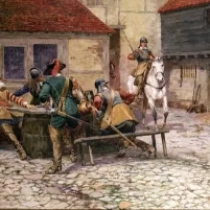 1857 - 1936
realism
1857 - 1936
realism
Description William Barnes Wollen
William Barnes Wollen, born in 1857 in Leipzig, Germany, emerged as a prolific English painter renowned for his depictions of military scenes, historical events, and dramatic landscapes. His journey unfolded against the backdrop of the late 19th and early 20th centuries, a time marked by profound social and technological changes.
Wollen's early life saw a fusion of cultural influences as he moved to England with his family. His artistic talents were nurtured at the Slade School of Fine Art in London, where he honed his skills under the guidance of renowned artists like Alphonse Legros.
Wollen's oeuvre was diverse, but he gained particular acclaim for his vivid and detailed portrayals of military subjects. His fascination with historical accuracy and his ability to capture the intensity of battle scenes set him apart. Notable works like "The Last Stand of the 44th Foot at Gandamak, 1898" and "The Battle of Rorke's Drift" demonstrated his commitment to authenticity and his skill in conveying the emotional impact of war.
Apart from military scenes, Wollen also delved into historical and literary themes, illustrating classic works like Shakespeare's plays. His keen eye for detail and his ability to infuse historical narratives with life contributed to the immersive quality of his artworks.
Wollen's paintings often featured dynamic compositions and a mastery of light and shade, creating a sense of movement and drama. His work resonated with a public intrigued by the historical and military subjects, earning him a prominent place in the Victorian and Edwardian art scenes.
In addition to his artistic pursuits, Wollen was actively involved in various artistic societies, including the Royal Society of British Artists and the Royal Institute of Oil Painters. His contributions to these organizations and his advocacy for the arts further solidified his place in the cultural milieu of his time.
William Barnes Wollen passed away in 1936, leaving behind a legacy that encapsulated the spirit of an era undergoing profound transformation. His ability to breathe life into historical and military scenes, coupled with his dedication to artistic authenticity, continues to captivate viewers and offers a window into the dynamic and evolving tapestry of late 19th and early 20th-century Britain.
Gallery
Paintings William Barnes Wollen
Quotes
Art is not what you see, but what you make others see.
Every artist was first an amateur.
Art is the most beautiful of all lies.
Painting is silent poetry, and poetry is painting that speaks.
An artist is not paid for his labor but for his vision.
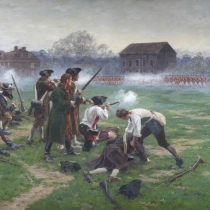

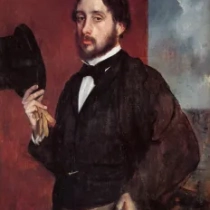


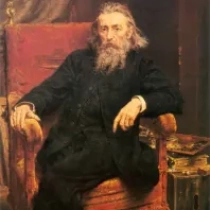

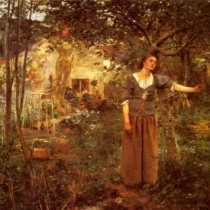
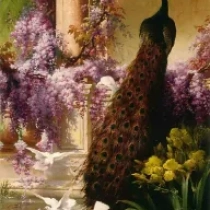

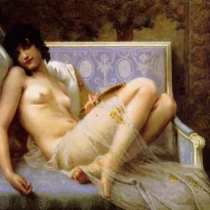



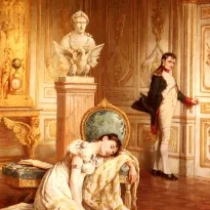
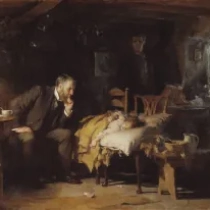


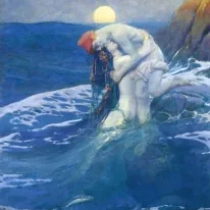




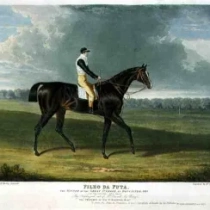
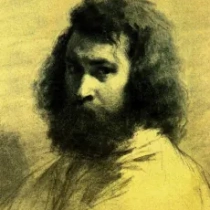





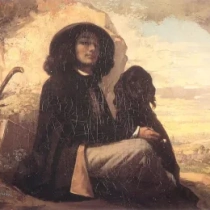










No Comments Yet...